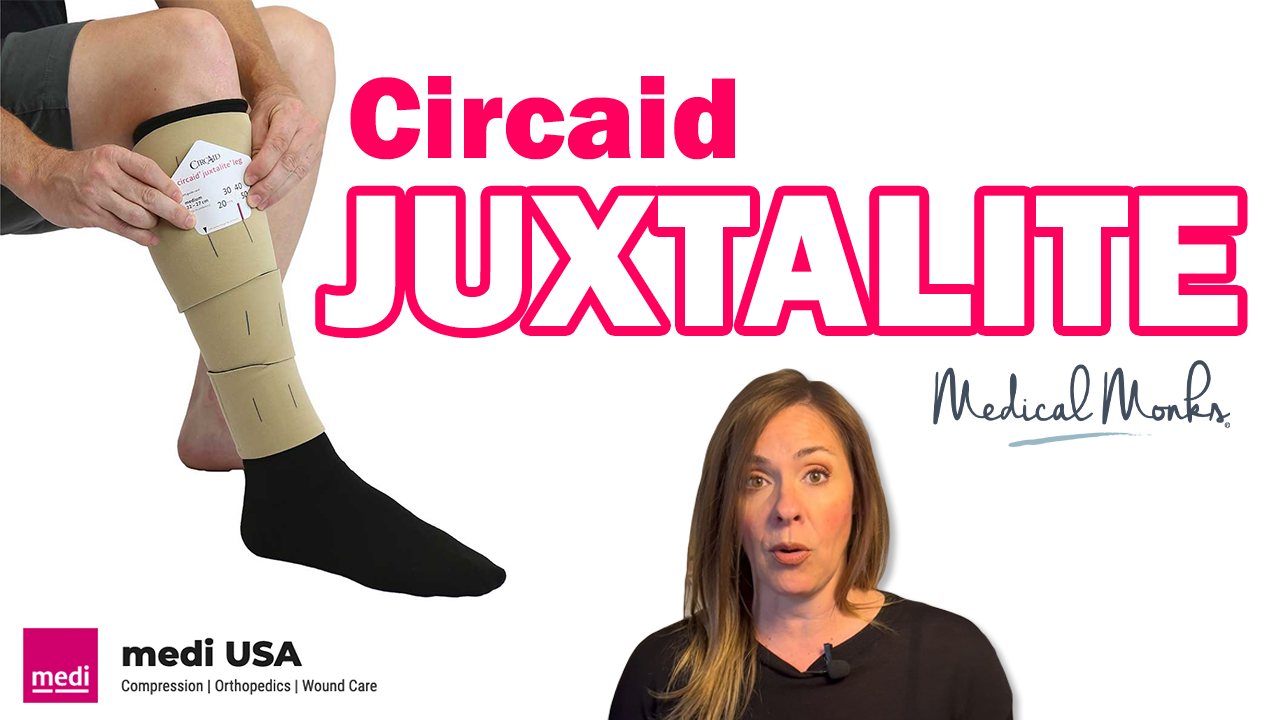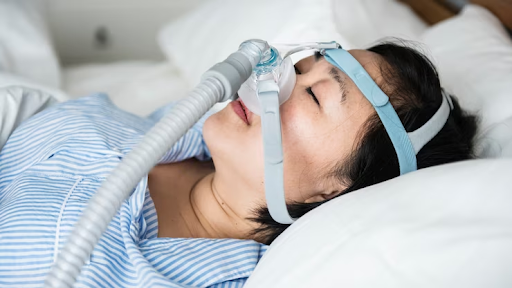- My Account
- Place a Reorder
- Logout

Going from Ventilator to Tracheostomy: What to Know
In a medical emergency, it can be challenging to focus on the future. Unfortunately, when a patient requires a ventilator to aid their breathing, survival is often the primary concern.
But patients do regularly survive this ordeal. If your loved one is one of these, you’ll likely be left contemplating their next recovery steps. In certain situations, this will involve transitioning from the ventilator to a tracheostomy tube. This process is complex, but knowing what to expect can smooth the road ahead. So read on to discover everything related to shifting from a ventilator to a tracheostomy.
What is a Ventilator?
A ventilator is a machine that helps people breathe. It is often used in hospitals when a patient’s lungs cannot provide enough oxygen or need assistance with breathing due to a medical condition. The machine feeds air or oxygen into the lungs through tubes inserted into the airways. This can help keep the patient stable and allow them to heal.
In some cases, long-term ventilator use may be necessary for patients whose lungs have been damaged or weakened significantly by disease. It is also used in critical care units where patients require lifesaving support for respiratory failure.
Tracheostomy vs. Ventilator: What is the difference?
A tracheostomy is a surgical procedure used to create an opening in the throat, allowing air to be directly delivered into the lungs through a tube known as a trach tube. This bypasses the mouth and nose and allows air to enter the lungs.
In contrast, a ventilator actively aids the breathing process by pushing air into the lungs. It uses pressure to move oxygen-rich air from outside the body into the lungs via a tube, usually placed through the patient’s nose or mouth.
Tracheostomy after ventilator support can be necessary for some lung conditions. Patients may need a tracheostomy if they cannot safely breathe independently for an extended period and the ventilator does not deliver adequate oxygen. Patients with chronic respiratory conditions who require long-term ventilation support may also find themselves going from ventilator to tracheostomy.
What to expect during the transition from a ventilator to a tracheostomy
The medical team will assess the patient for potential complications in the transition process and determine if a tracheostomy is the best option for the patient. This may involve chest x-rays, as well as other imaging studies. The patient should also be prepared and informed about what they can expect during the transition process, including pre-operative tests and preparations.
- Preparing for a tracheostomy ensures all necessary equipment, like tubes and suction catheters, is available and functioning correctly.
- During the tracheostomy procedure, anesthesia is given, and a small incision will be made in the neck.
- A device known as a tracheostomy tube will be inserted into the trachea to provide an airway through this incision.
Once the procedure has been completed, postoperative care is essential for a successful transition. This may include suctioning or cleaning the trach site, changing and cleaning tubes, humidification treatments, chest physiotherapy, and more. These tasks must be done per your healthcare team’s instructions and with strict attention to hygiene protocols.
Medical Conditions that Require Tracheostomy
In the past, tracheostomy was only used as a last resort when other treatments failed. However, new technology has made this procedure much easier and safer for patients. As a result, some medical conditions now require tracheostomy as part of their treatment plan.
One such condition is chronic obstructive pulmonary disease (COPD). COPD is a progressive lung disease that causes difficulty breathing due to long-term airway obstruction. Patients with COPD may experience shortness of breath, wheezing, and a persistent cough. In advanced cases of COPD, a tracheostomy may be needed to help the patient breathe more easily.
Other medical conditions that require tracheostomy include:
- Laryngeal cancer
- Cystic fibrosis
- Amyotrophic lateral sclerosis (ALS)
- Severe sleep apnea
- Traumatic brain injury
It is also necessary for some patients dependent on life support machines such as ventilators. In this case, a tracheostomy tube may be needed to help the patient breathe without relying on the device.
Tracheostomy is not an easy procedure, and there are risks involved. However, for patients with lung problems, a tracheostomy can provide much-needed relief from breathing difficulties.
Can you eat with a tracheostomy?
Eating and drinking with a tracheostomy can be challenging. It requires patience, practice, and a few modifications.
For example, you may need to wear a special protector for meals or use feeding tubes. You may also need to adjust your posture and position to protect the stoma from food particles and liquids that could enter the airway. You should avoid foods that are difficult to chew or swallow.
The timing of meals is essential when living with a tracheostomy, too. Eating before suctioning instead of afterward can help reduce the risk of vomiting. Various modifications can be made to make tracheostomy eating easier, such as using straws or special utensils like a spoon-angle device.
Ultimately, it is essential for patients living with tracheostomies to talk with their healthcare provider about the safest and most effective way to eat and drink safely.
How long can you live with a tracheostomy?
The answer to this question depends on individual circumstances and can vary greatly. Generally speaking, a tracheostomy is not a limiting factor in terms of life expectancy and many people with tracheostomies live a quality life.
Proper care and maintenance are the keys to successful long-term tracheostomy management. You also need regular visits with your healthcare provider to check the condition and placement of your tracheostomy tube and any complications that could arise due to improper care.
Additionally, you should always practice good hygiene habits when caring for your tracheostomy, such as using a sterile technique and changing the dressing regularly.
Following these steps and your healthcare provider’s instructions can ensure that your tracheostomy functions properly with a low risk of complications.
Invest in your health today by learning more about tracheostomy solutions
When transitioning from a ventilator to a tracheostomy, you must have all the information and resources available. We understand the confusion and stress that can come along with this life-changing shift and are here to help.
At Medical Monks, we proudly offer a selection of top-quality tracheostomy supplies you can purchase without ever leaving home. Contact us today to assist you with the right tracheostomy solution for your condition.

The MEDICAL MONKS STAFF brings to the table decades of combined knowledge and experience in the medical products industry.
Edited for content by ADAM PAGE.
Related Videos
More Blogs
Top Products




